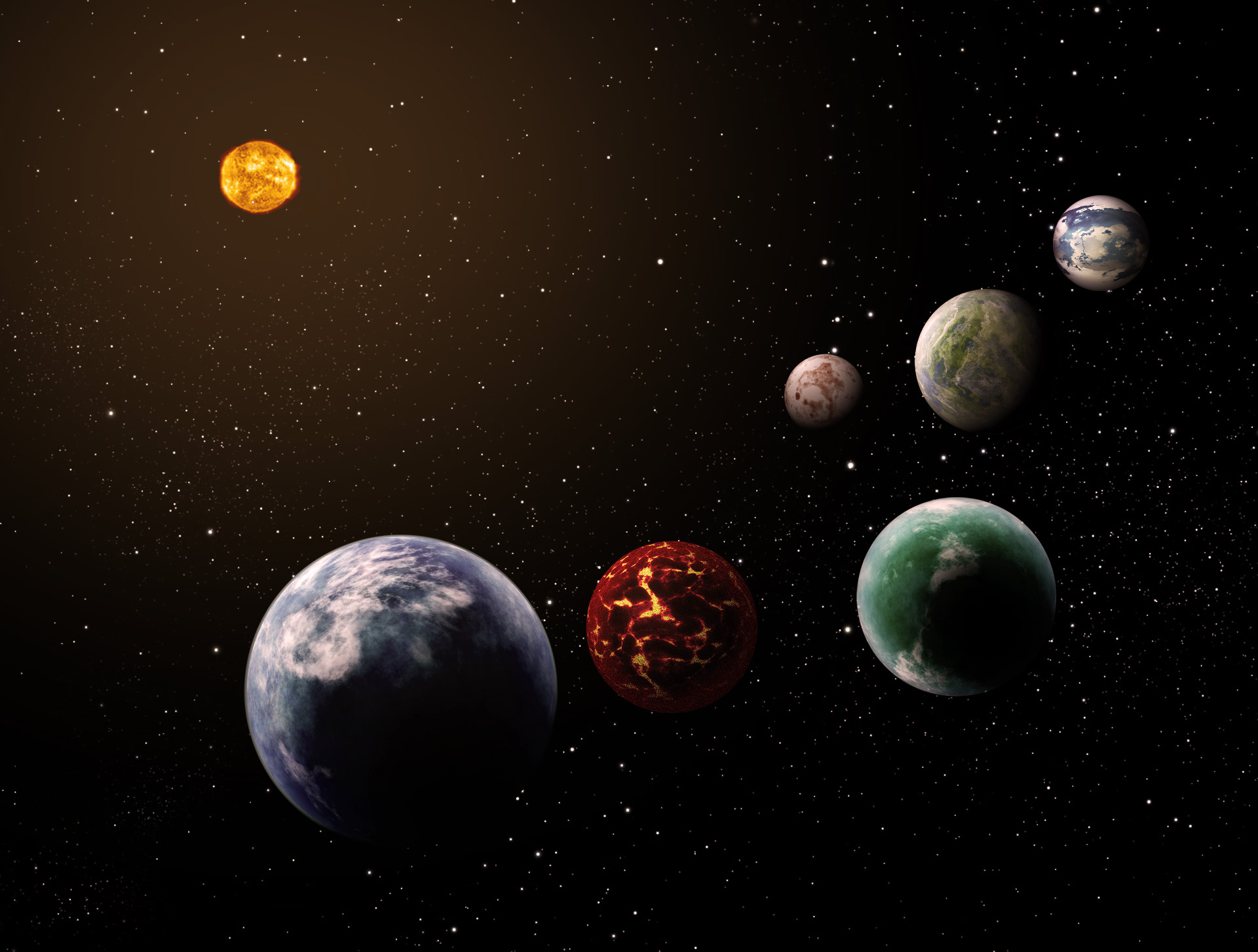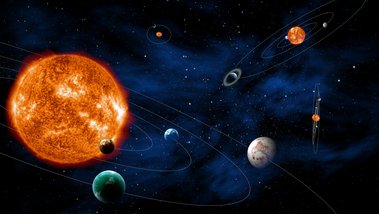The planet hunter PLATO has been approved, and the Aarhus astronomers are totally happy
In a meeting Tuesday in the Science Programme Committee of the European Space Agency ESA the new satellite project PLATO was adopted.

PLATO stands for Planetary Transits and Oscillations of stars. The satellite will continue the hunt for exoplanets and the study of stellar structure - asteroseismology.
At the ESA Science Programme Committee Meeting last Tuesday, it was decided to adopt the satellite project PLATO in the ESA Science Programme as part of ESA’s development plan Comic Visions, reaching into the next two decades. At Stellar Astrophysics Centre (SAC), Aarhus University, researchers welcome the new project as a continuation of the work with the satellites CoRoT, Kepler and TESS.
It will be possible to observe tiny variations in the intensity of sun-like stars. These variations may be due to 'starquakes' - oscillations in the stars themselves, or the passing of planets into our line of sight to the star, causing a transit; the equivalent of a solar eclipse.
In February 2014, the PLATO project was selected as a possible candidate for the ESA Science Programme, and the decision this Tuesday to adopt the programme means that planning and construction of the satellite now can start for real. In the months to follow, European space companies are invited to bid on various parts of the programme.

We already know of lots of exoplanets orbiting stars like the Sun. One of the most exiting discoveries during the last years is that most exoplanetary systems do not look like our own Solar System at all. See some examples here. Source: ESA.
Following its launch in 2026, PLATO will monitor thousands of bright stars over large areas of the sky, measuring the minute-regular dips in intensity caused by planets transiting the stars, blocking a small part of the light. Special emphasis will be on the search for Earth-like exoplanets orbiting Sun-like stars in orbits around the stars suitable for liquid water - the so-called habitable zones.
The same types of measurements will also document regular oscillations in the stars. From this, their masses, diameters and ages can be determined. The analysis of these 'starquakes' - asteroseismology - is equivalent to studies done by geologists revealing the inner structure of the Earth from earthquakes. From the asteroseismic work, astronomers will improve their understanding of the nature and structure of stars, and the formation and development of exoplanetary systems. On top of that, the study of a multitude of stars will give important knowledge of our galaxy, the Milky Way and its structure and history.
PLATO will operate from the second Langrangian point 'L2', 1.5 million kilometers beyond Earth as seen from the Sun.
Researchers from SAC are world-leading specialists within the field of exoplanets and asteroseismology. SAC is the node of an international researchers' network, supported by the Danish National Research Foundation. Astronomers from all over the world participate in interpreting data from telescopes both ground based and in space. Aarhus University is the central node in the distribution of data from NASA's Kepler satellite and the TESS satellite, which will be in operation from 2018. Both satellites measure variations in stellar intensity. The increasing amount of data that PLATO will produce, will yield more work in terms of data collection and analyses handled by the researchers at Aarhus University.
The head of SAC is Professor Jørgen Christensen-Dalsgaard. Up to the recent meeting, he also chairs the ESA's Science Programme Committee, and to him this is a very great day. "For the last 25 years, we have been trying to implement an asteroseismic mission into ESA's programme", Christensen-Dalsgaard says. "Now finally we seem to have succeeded."
